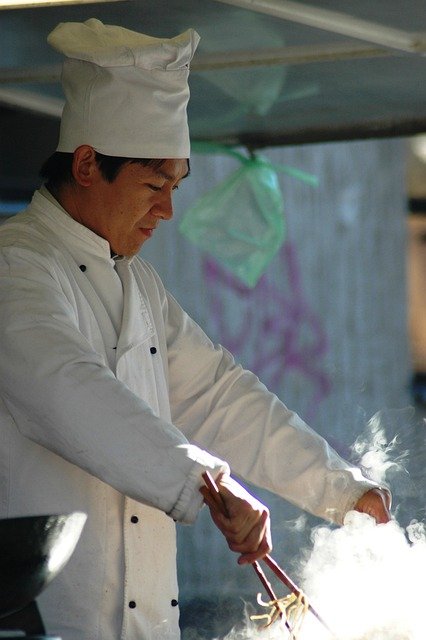Culinary Schools: What to Expect from Chef Education Programs
Attending a culinary school is a structured route into professional food work, blending hands-on kitchen time with classroom study. Whether you plan to become a chef, refine cooking technique, or gain a credential for foodservice roles, a program clarifies industry standards, hygiene, and the practical skills employers expect.

What is culinary education?
Culinary education encompasses formal instruction in food preparation, kitchen management, food safety, and the theory behind techniques. Programs range from short certificate courses to multi-year diplomas and degree tracks that add business and hospitality coursework. Instructors often combine professional kitchen experience with teaching methods that emphasize repetition and timing, so students learn to produce consistent, service-ready dishes. Many schools also include modules on menu design, cost control, and ingredient sourcing to give a broader understanding of how kitchens operate within larger hospitality systems.
How do culinary schools train chefs?
Culinary schools train aspiring chefs through a mix of demonstration, practice, and real-world service. Classes typically break into station work where students rotate through roles—sauce, sauté, pastry—mimicking a professional brigade. Instructors set standards for knife skills, mise en place, and plating; students repeat tasks until techniques become instinctive. Many programs require externships or internships with restaurants, hotels, or catering companies so students experience pace, staff coordination, and customer expectations. Assessment balances timed practical exams with written tests on theory, sanitation, and food science.
What cooking techniques will you learn?
Cooking curriculum covers foundational techniques such as stock and sauce preparation, roasting, braising, sautéing, frying, baking, and pastry fundamentals. Training also introduces modernist methods and plant-based approaches increasingly present in contemporary kitchens. Beyond techniques, schools teach recipe scaling, portion control, and flavor balancing—skills essential for creating consistently high-quality dishes in a busy service environment. Exposure to different cuisines helps broaden a chef’s palate and adaptability, while workshops on preserving, butchery, and fermentation add specialized capabilities that can distinguish a graduate’s skill set.
How to evaluate a culinary school program?
When comparing culinary school options, consider accreditation, curriculum balance between theory and hands-on time, instructor credentials, and industry connections that support externships and job placement. Look for transparent information about class sizes, kitchen facilities, and the types of equipment students train on—commercial-grade ovens, combi ovens, and pastry stations matter for realistic preparation. Ask about graduation outcomes, the typical career paths of alumni, and whether the program includes business or hospitality courses if you plan to manage or own a food business. Local services, continuing education, and opportunities for short courses or workshops can also matter if you need flexible scheduling.
What career outcomes follow culinary education?
Graduates may pursue roles as line cooks, sous chefs, pastry chefs, private chefs, catering managers, or food entrepreneurs. Some continue into related areas such as food styling, product development, or culinary instruction. The practical focus of culinary education aims to build both technical competence and professional habits—punctuality, teamwork, and menu understanding—which employers value. Salaries and advancement depend on geography, establishment type, and individual experience; many chefs build careers gradually through years of service and by taking on leadership roles within kitchens.
The following table lists several well-known culinary education providers and the types of services they offer, to help you compare program structures and options.
| Provider Name | Services Offered | Key Features/Benefits |
|---|---|---|
| Culinary Institute of America (CIA) | Associate and bachelor degrees, continuing education, hands-on kitchens | Extensive culinary curriculum, campus restaurant operations, alumni network |
| Le Cordon Bleu | Diplomas and certificate programs in culinary and pastry arts | Classic French technique focus, international campus network, short courses |
| Johnson & Wales University | Degree programs in culinary arts and hospitality | Integrated hospitality/business coursework, campus experiential learning |
| Institute of Culinary Education (ICE) | Diplomas, continuing education, career services | Urban-focused programs, career placement support, diverse short workshops |
| Auguste Escoffier School of Culinary Arts | Diploma and certificate programs, externships | Farm-to-table emphasis, externship partnerships, small class sizes |
Conclusion
Culinary schools provide a structured path to develop cooking technique, kitchen discipline, and an understanding of hospitality operations. Programs vary widely in length, focus, and intensity, so clarifying your career goals—chef, pastry specialist, manager, or entrepreneur—helps match a program to your needs. Hands-on training, industry exposure, and a clear sense of the work environment will better prepare you for the practical demands of foodservice careers.






